August 21, 2018
How do you make your company culture work for everyone?
 Company culture is the bedrock of any business. And it has been thrown into sharp focus in recent months with many high-profile scandals hitting the headlines such as the discrimination case at Uber. In light of this, many businesses are now investing in – even living and breathing – their company culture. This is of course, great news for employees. Shouting about how your company culture is like being part of a family and how everyone mucks in together may have swayed a new recruits’ decision during their interview. However, have you stopped to think how accessible your culture will be to new team members? Close-knit can often translate to the ‘in-crowd’ and office politics can get in the way of a pleasant working environment if the culture is too close.
Company culture is the bedrock of any business. And it has been thrown into sharp focus in recent months with many high-profile scandals hitting the headlines such as the discrimination case at Uber. In light of this, many businesses are now investing in – even living and breathing – their company culture. This is of course, great news for employees. Shouting about how your company culture is like being part of a family and how everyone mucks in together may have swayed a new recruits’ decision during their interview. However, have you stopped to think how accessible your culture will be to new team members? Close-knit can often translate to the ‘in-crowd’ and office politics can get in the way of a pleasant working environment if the culture is too close.







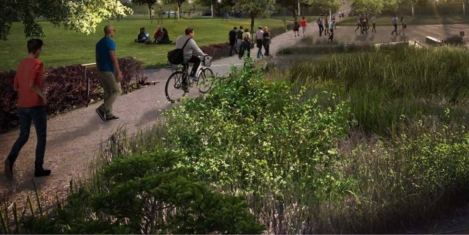

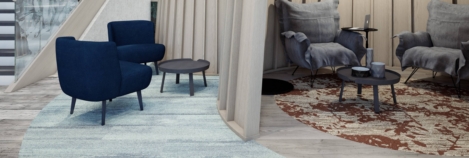
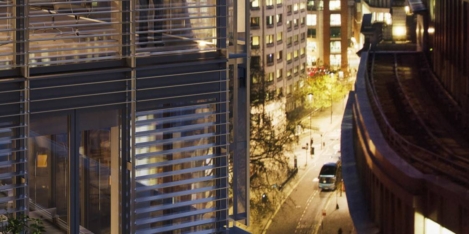


 The already low number of fathers claiming paternity leave has fallen for the first time in five years, to 213,500, down 3 percent from 221,000 last year an analysis by law firm EMW has revealed. To help encourage more men to take paternity leave, the Government launched the shared parental leave scheme in 2015. However, take up of the scheme has also been slow, with less than 2 percent of all UK fathers participating. These latest figures suggest that hundreds of thousands of men are not taking up their entitlement to paternity leave. In comparison with low rates of paternity leave, nearly treble the number of mothers (662,700) took maternity leave in 2017-2018, up from 661,000 in 2016/17.
The already low number of fathers claiming paternity leave has fallen for the first time in five years, to 213,500, down 3 percent from 221,000 last year an analysis by law firm EMW has revealed. To help encourage more men to take paternity leave, the Government launched the shared parental leave scheme in 2015. However, take up of the scheme has also been slow, with less than 2 percent of all UK fathers participating. These latest figures suggest that hundreds of thousands of men are not taking up their entitlement to paternity leave. In comparison with low rates of paternity leave, nearly treble the number of mothers (662,700) took maternity leave in 2017-2018, up from 661,000 in 2016/17. 

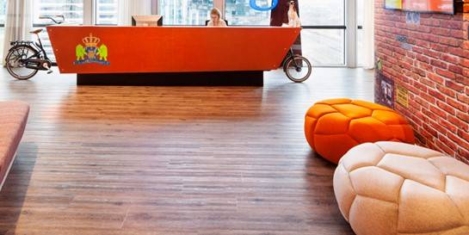
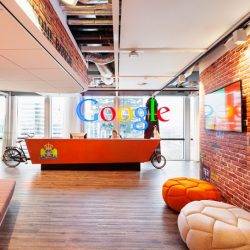

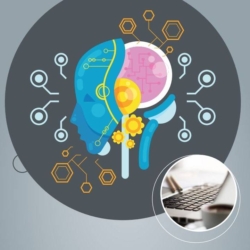
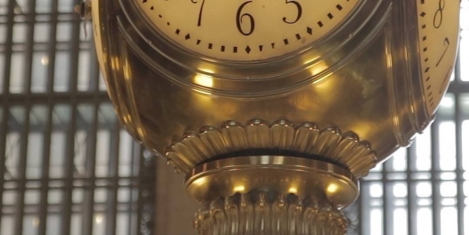

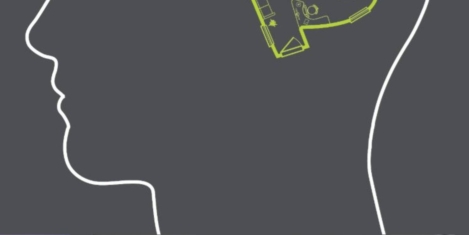

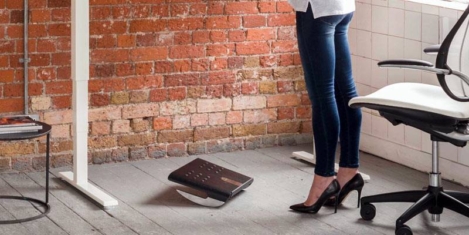
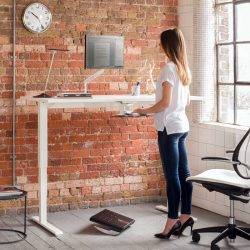




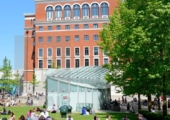


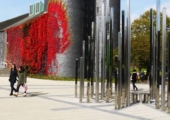

August 22, 2018
Why early intervention matters for workplace mental health
by Liz Walker • Comment, Wellbeing, Workplace
(more…)